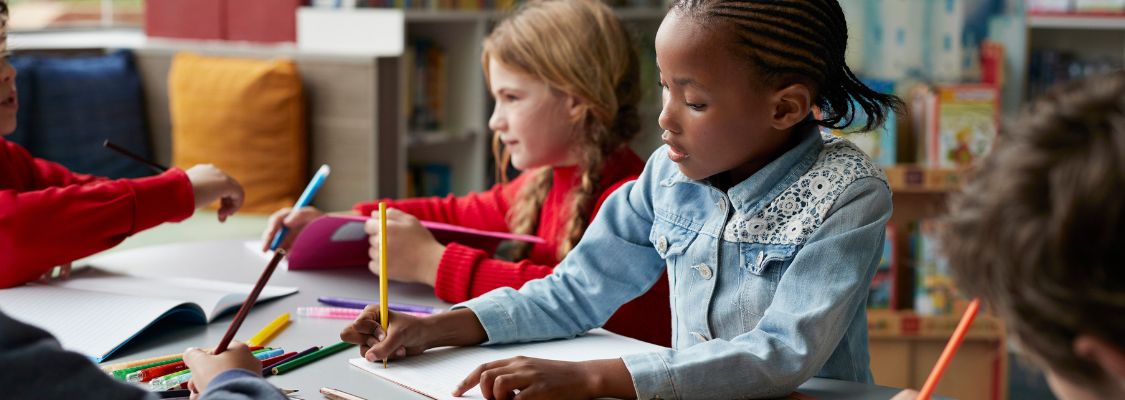The Art of Artifacts: Why implement Student Artifacts into your classroom?
As teachers, we know it is important for students to think about their thinking and be given opportunities to demonstrate what they have learned in ways that are meaningful to them.
Because we have all different types of learners in our classroom, student-led learning and artifact-creating are wonderful ways for each to express themselves. As students create work that shows their learning through their own personally made artifact, so much more is happening than just art – so much more than just the paper, scissors, and glue sticks.
The true art of artifacts is the integration of the skills for life.
I recently read Vintage Innovations by John Spencer. It is so good! Allow me to share some of his passages that really resonated with me as it relates to the implementation of student-led artifacts as a way to integrate important life skills.
To start off, Spencer talks about how kids today will never know the struggle of standing in front of their “Boom Box” with their finger on the record button just waiting for that special song to come on the radio, so they can have the perfect mix tape. Now kids can just say “Hey Alexa, play my favorite song” and it happens!
Spencer says that in the face of the rapid changes in technology we all experience, it’s easy to think, “We need to prepare them for the future! Teach 3D printing, virtual reality, and master coding!”
But if we really want to prepare children for the future, our focus should not be only on the future. As teachers, we’ve seen educational trends come and go – interactive whiteboards, personalized learning programs, one-to-one netbooks, etc. – but then years later these tools aren’t used, or don’t have a measurable effect on students’ real-world experience.

But, certain strategies will never be obsolete!
“Deep conversations, meaningful collaboration, epic artifacts, creative thinking, curiosity …. These are the strategies that will help students become adaptable, to think creatively, problem solve, make connections between ideas, and anticipate for change. We should focus on these timeless skills,” Spencer says in his book.
These skills have always been vital to functioning in our world, and they will remain vital in the future.
“Authentic, long-lasting innovation can’t be found in a new app or set of gadgets or new system. All of these are necessary, but they will ultimately grow obsolete. The tools and systems will always remain secondary to the greatest influence of innovation: the teacher,” Spencer concludes.
I’ve seen this process take place in many classrooms as amazing teachers implement meaningful strategies that allow students to take responsibility for their own learning and do it with so much enthusiasm.
When children are engaged in the process of creating their own artifacts and get to “show what they know,” to their peers, they are involved in using timeless skills.
When they process their learning metacognitively and share a part of their story, they are involved in creating and problem-solving their future.
I would love to hear about your successes!
Wishing you a magnificent (rest of the) year!
Warmly,
Debbie
 Debbie Bagley works as a Studies Weekly Teacher Advocate. Teacher Advocates are former teachers who help teachers like you implement Studies Weekly materials into their instruction. Teacher Advocates are available to provide support through email, phone call, video chat, and regularly scheduled Teacher Talk Webinars on Tuesdays and Thursdays. Teacher Advocates are only available for classroom teachers currently using Studies Weekly materials. They are not available for homeschools.
Debbie Bagley works as a Studies Weekly Teacher Advocate. Teacher Advocates are former teachers who help teachers like you implement Studies Weekly materials into their instruction. Teacher Advocates are available to provide support through email, phone call, video chat, and regularly scheduled Teacher Talk Webinars on Tuesdays and Thursdays. Teacher Advocates are only available for classroom teachers currently using Studies Weekly materials. They are not available for homeschools.